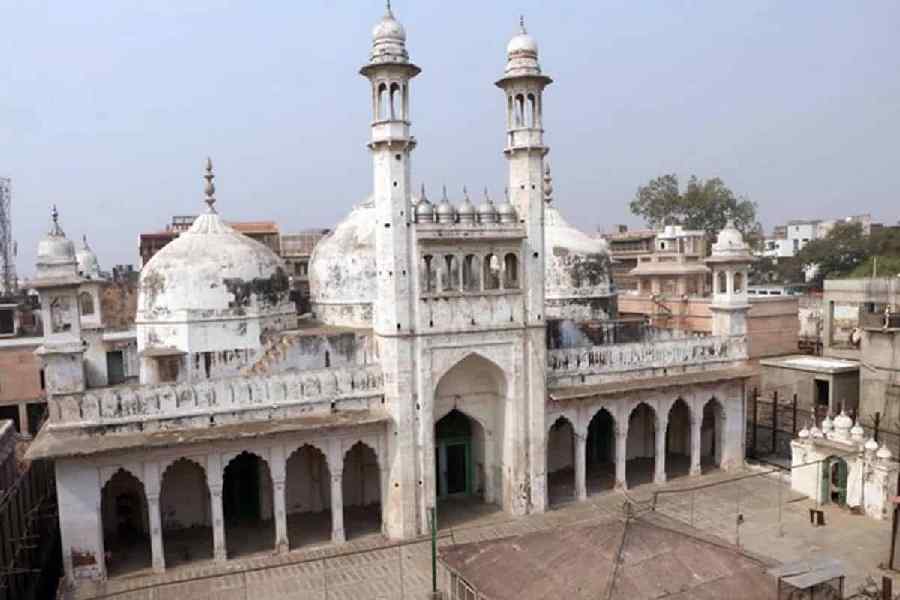The VHP on Saturday claimed the ASI survey report has "reconfirmed" that the Gyanvapi mosque in Varanasi was constructed after demolishing a "magnificent temple" at the site and demanded that the structure be declared `a Hindu temple and handed over to the community.
It also demanded that Hindus be permitted to offer "sewa puja" to the 'Shivlinga' found in the "so-called Wazukhana area" at the disputed site.
"The evidence collected and the conclusions provided by the ASI do prove that the religious character of this place of worship existed on the 15th day of August, 1947, and as at present is of a Hindu Temple," VHP working president Alok Kumar said in a statement.
"Thus, even as per Section 4 of the Places of Worship Act, 1991, the structure should be declared as a Hindu temple," he also demanded.
The VHP also called upon the Intezamia Committee that manages the mosque to agree to "respectfully shift" the Gyanvapi mosque to another appropriate place and to hand over the original site of Kashi Vishvanatha to the Hindu society.
"The VHP believes that this righteous action shall be an important step towards creating amicable relations between the two prominent communities of Bharat," Kumar said.
The VHP's demands came after the ASI survey report on the Gyanvapi mosque complex was made public two days ago, with the lawyer representing the Hindu litigants claiming that the mosque was built after demolishing a pre-existing temple.
"Hand over the Gyanvapi structure to Hindus," Kumar said.
He claimed the evidence collected by ASI "reconfirms that the mosque had been constructed after demolishing a magnificent temple".
A part of the temple structure, particularly the western wall, is the remaining part of the Hindu temple, he further claimed.
The ASI report also proves that parts of the pre-existing temple including pillars and pilasters were reused with modifications to extend the span of the mosque and in the construction of the 'sahan', he added.
"The Shivalinga in what was called the 'wazukhana' leaves no doubt that the structure does not have the character of a mosque. The discovery of the names including the Janardana, Rudra and Umeswara in the inscriptions found in the structure are the tell-tale evidence of this being a temple," Kumar claimed.
Except for the headline, this story has not been edited by The Telegraph Online staff and has been published from a syndicated feed.










